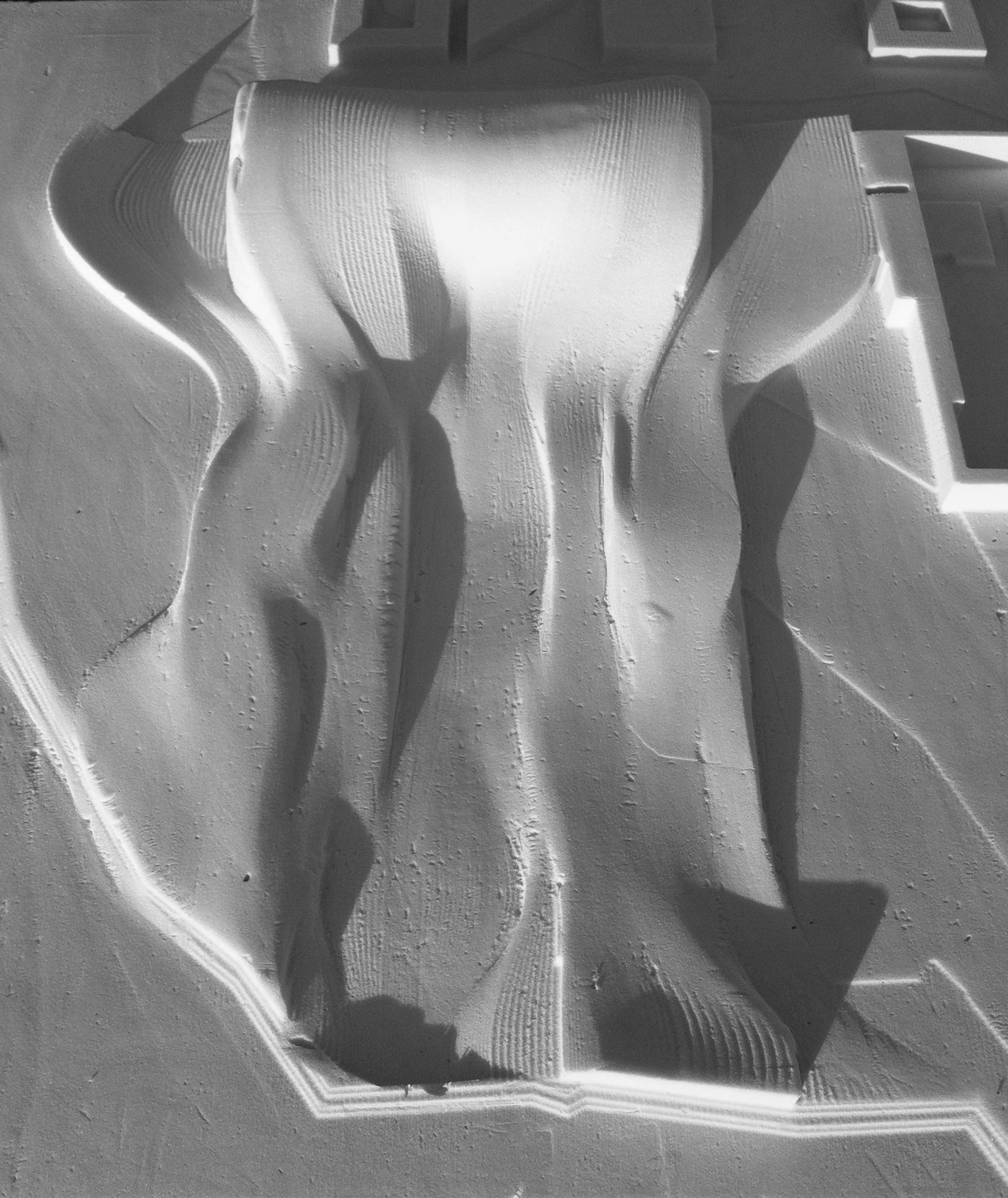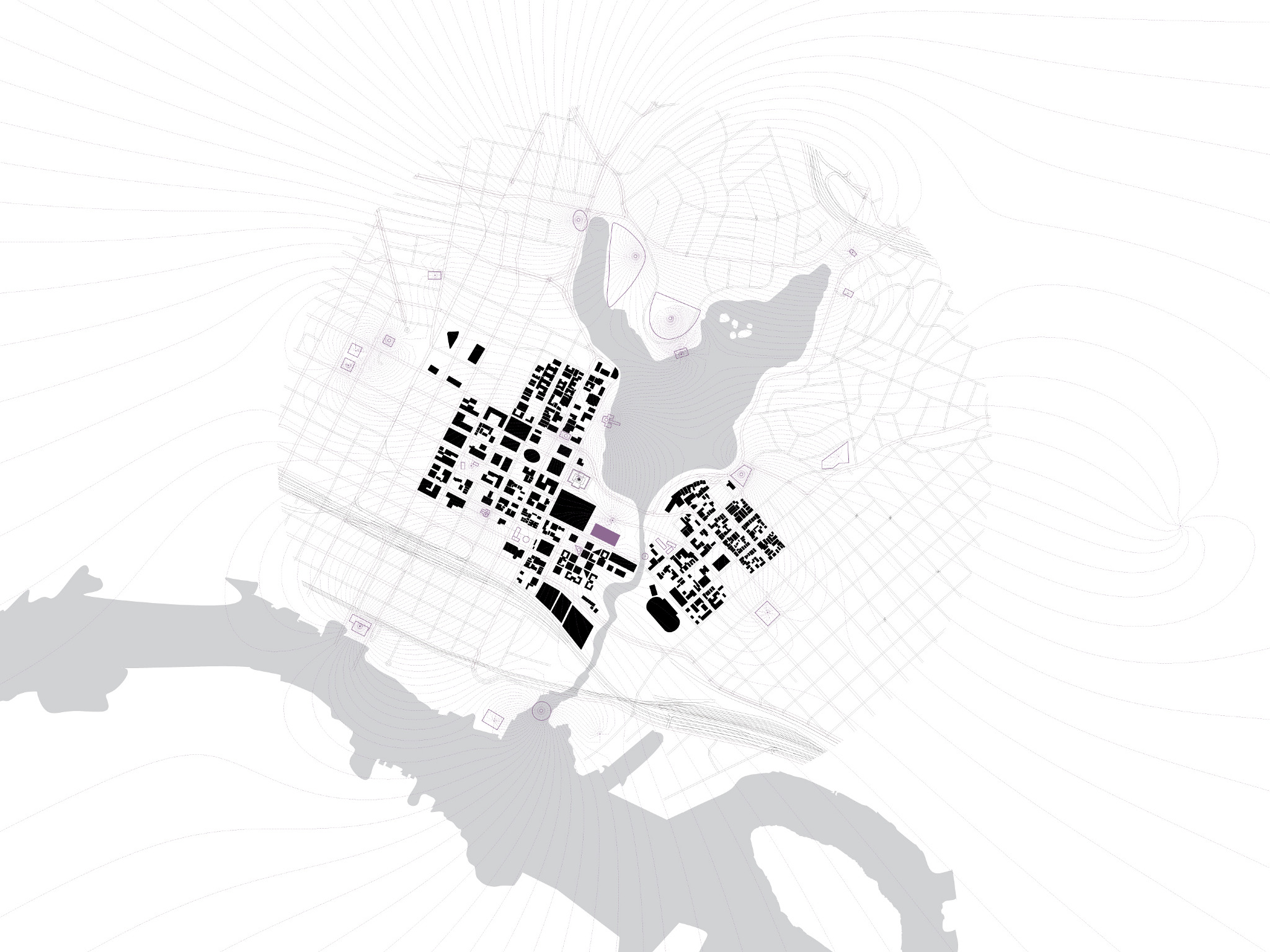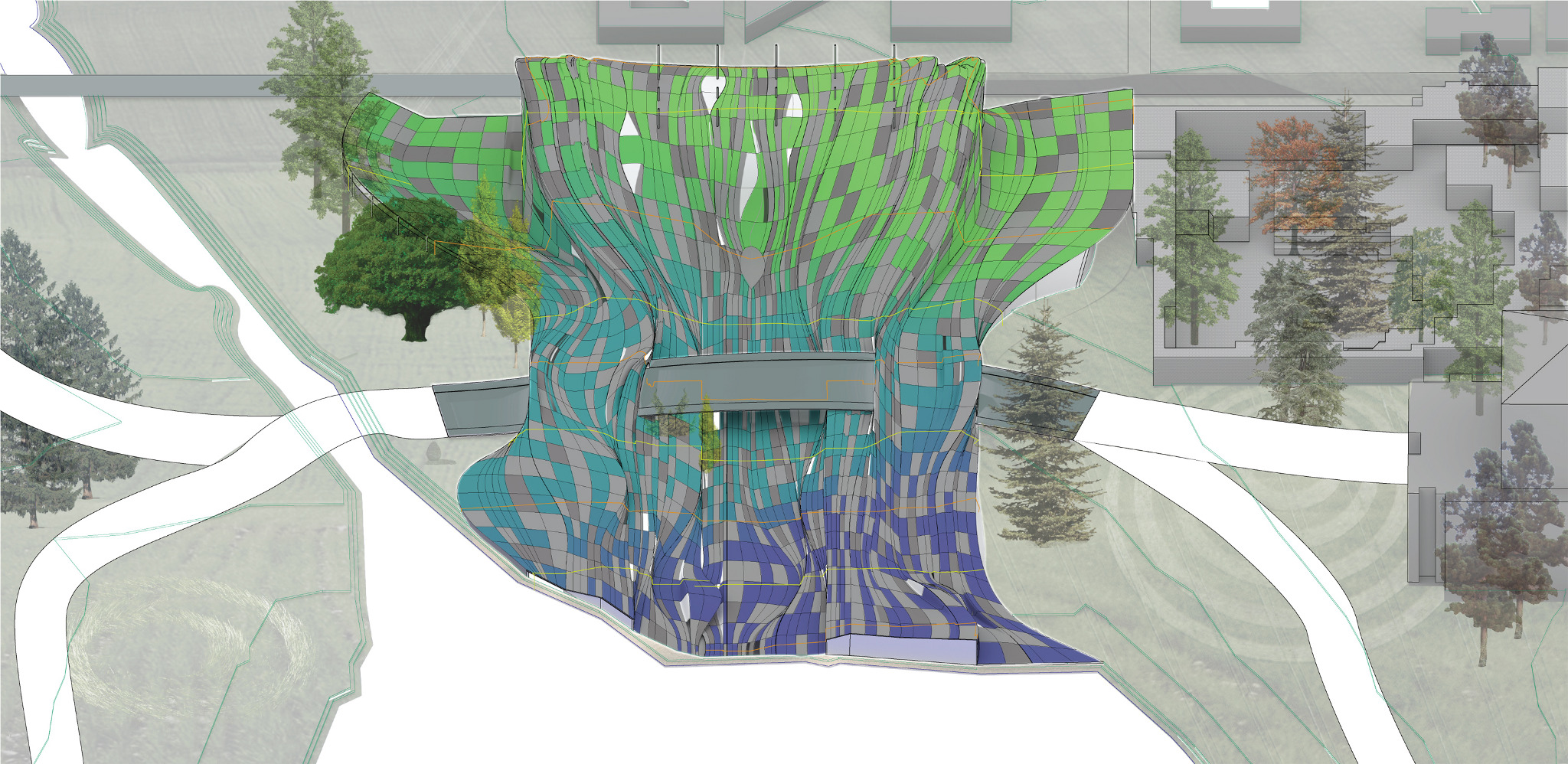
“Museums must adapt themselves to new forms of distribution to escape obsolescence..”
—Christine Van Assche, Curator for New Media @ the Centre Georges PompidouMy Master of Architecture thesis at UC Berkeley centered on this quote from Christine Van Assche, Senior Curator for the new media collection at the Centre George Pompidou, Paris. Her response to a query about the need for museums to change in light of the advent of the internet and the availability of information raised a whole slew of questions and challenges that the museum of the 21st century faces.
Since the late 1990s, worldwide cultural status that has been granted to cities and institutions with high-profile museums, a trend buoyed by the boon of the starchitect and the hype instigated by the Guggenheim Museum in Bilbao designed by Frank Gehry.
One of the most provocative qestions the thesis addressed is what is the role of the museum today? How can it become more equitable by showing more of the collection, rather than ascribing cultural cachet to specific pieces in the collection because of their curation and availability to the public?

I looked at four key relationships in order to investigate this idea of equitable and non-biased presentation of information: 1) the relationship of the public to the museum; 2) the relationship of the artifacts to the surrounding local populous; 3) the relationship of art and artifact to the gallery with regard to meaning and monetary value; 4) the relationship of the institution to the city.
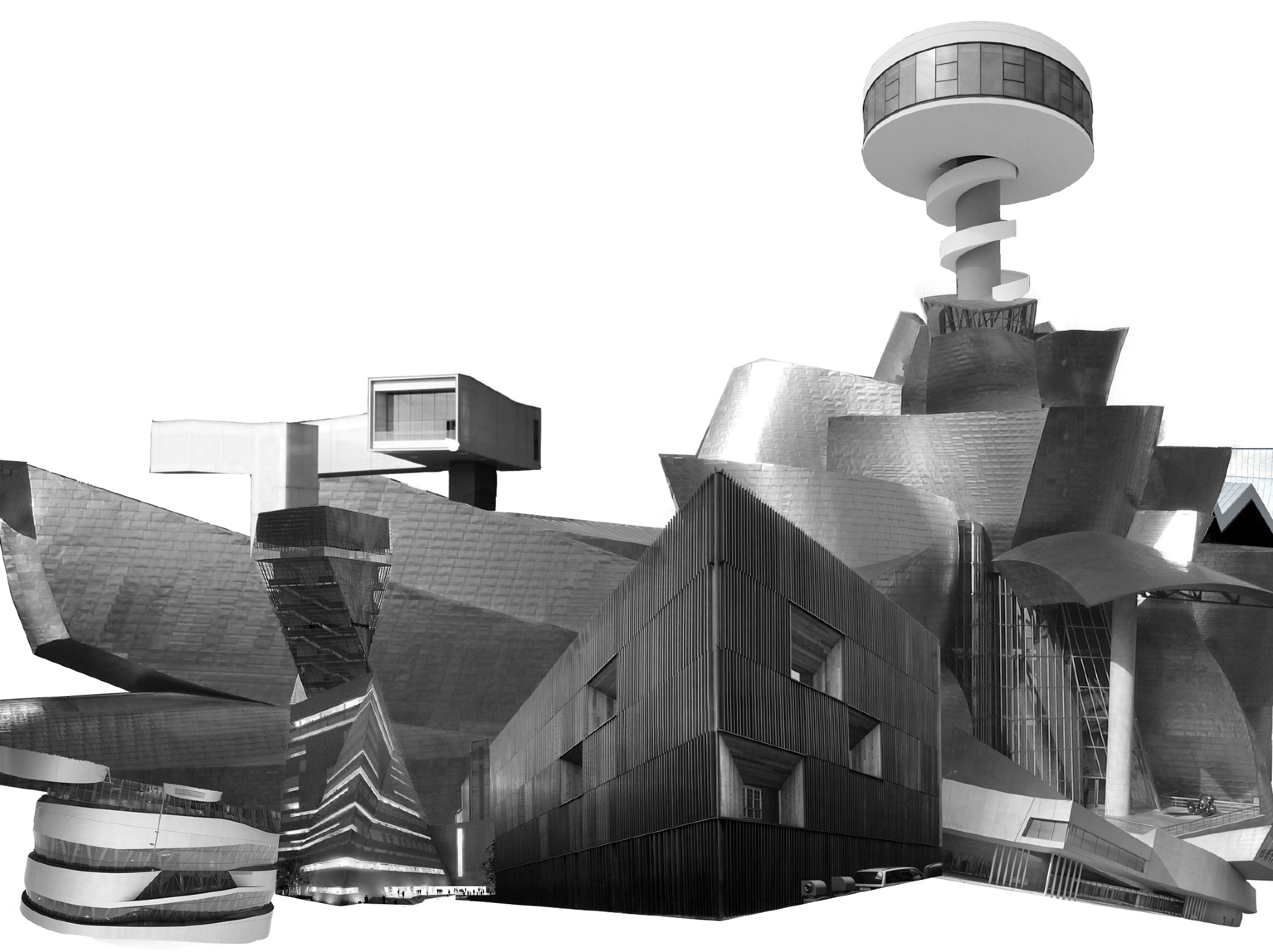
The project had three primary goals:
-
To refocus of the monumentality of the museum not on the form of the architecture itself, but on the monumentality of the extents of the collection. This also infers a new consideration of the current storage practices and accessibility to the collection by the public on a larger scale.
-
To redefine the relationship of the museum to the city. It should not only captivate its citizens attention, but provide a closer insight to the history, art, and science of the place itself. It shouldn’t strive to be something that it isn’t.
-
To posit that the museum should not exist as a single, solitary entity, but have a multi-faceted, dynamic presence that permeates the urban fabric.
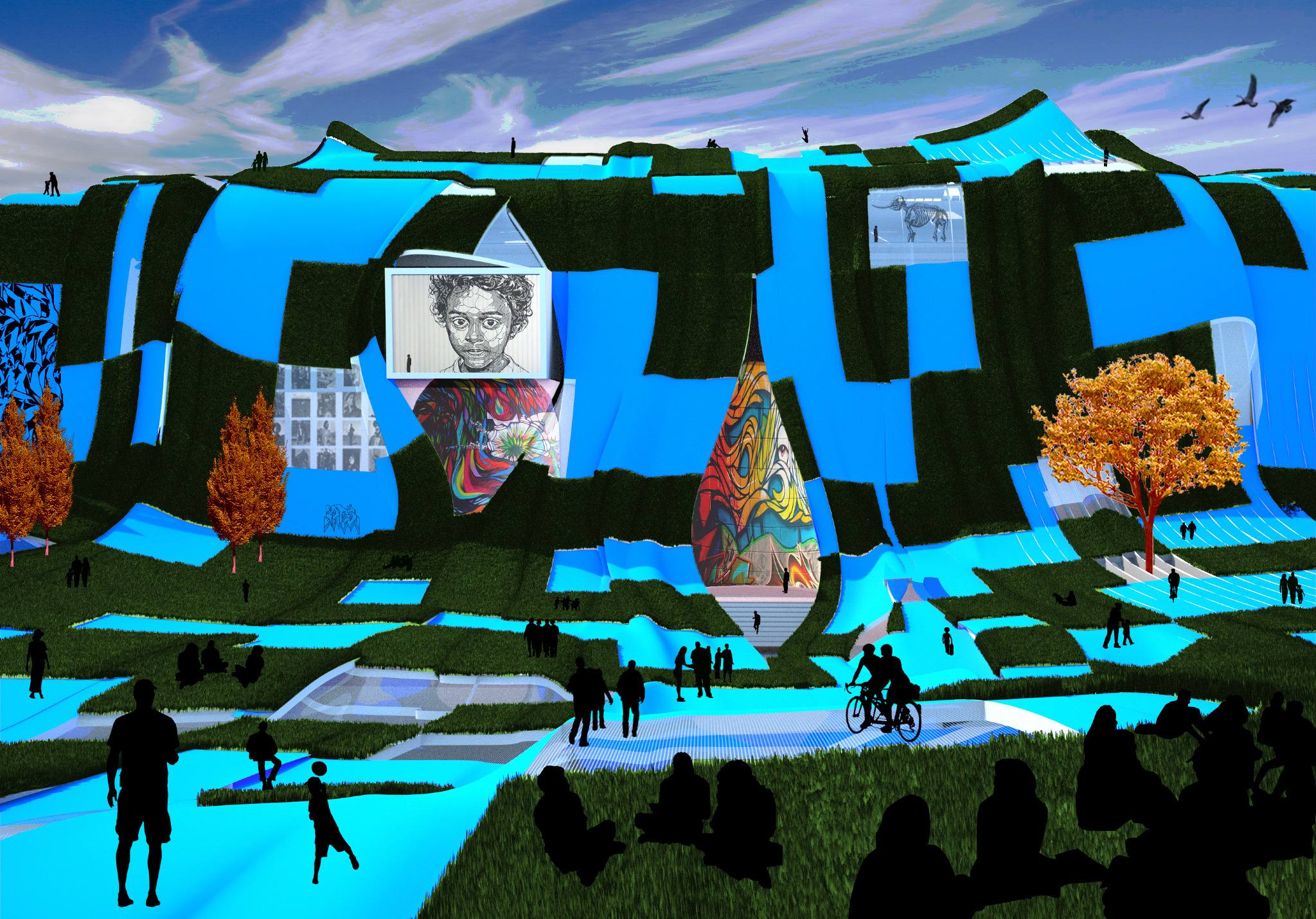
I used the real-world example of the Oakland Museum of California—like many modern museums, OMCA displays only 5% of their full collection at the museum while the rest sits in storage several miles away, inaccessible to the public. My proposal was to take over the neighboring building, the long disused Kaiser Center, for open storage of their permanent collection, as well as open conservation labs to show how the work is cared for and restored. The building also would serve as a connector of the museum to the shores of Lake Merritt, currently divided by Lake Merritt Boulevard, an eternally busy and pedestrian unfriendly thoroughfare.
The full thesis can be read on Issuu.


